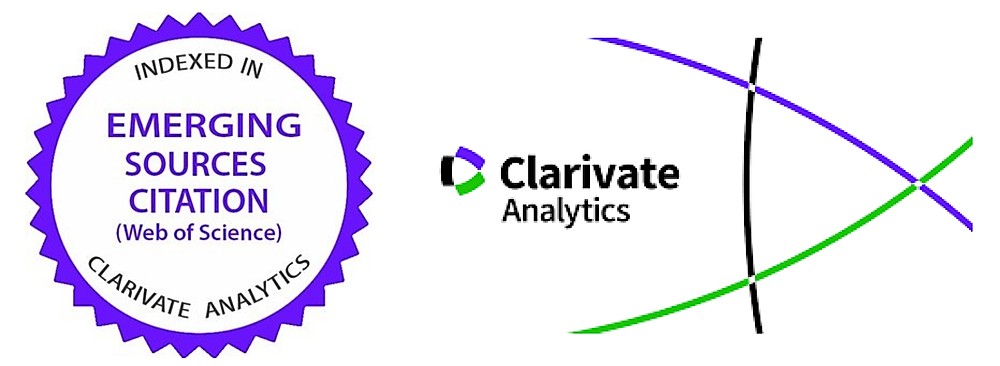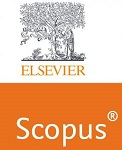Financial Management of the Investment Cycle
Abstract
Any modern entity operates with the purpose to generate profit, and also to generate sufficient cash flow as to cover its operations and to never be in the position of being unable to cope with payments. Depending on the financial policy, part of the earnings of the entity can be used to sustainable purchase fixed assets. It is known that an entity needs investments in order to develop. to make investments, it needs financial sources. Nowadays, the access to resources, and especially to external resources, is becoming increasingly difficult. Therefore, any responsible entity takes measures to increase its capacity to self-finance. The capacity to self-finance reflects the financial potential for economic growth of an entity, namely the internal source of financing, and one of the important elements that influence the capacity of self-financing is depreciation. For this reason, the way depreciation is approached within an entity is a decision matter os the management.




























